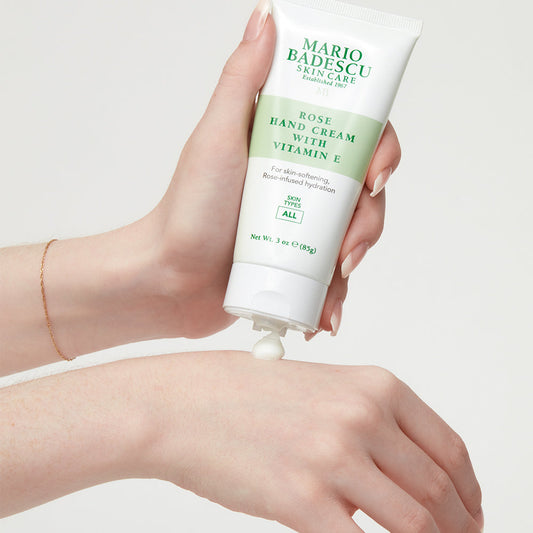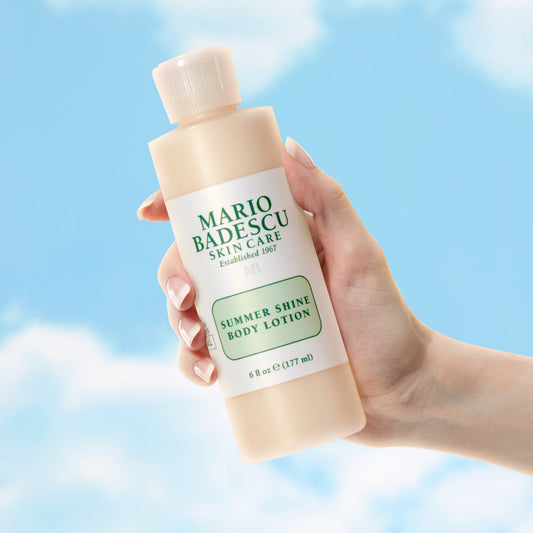This one’s for the ladies, because we’ve got the gents covered here.
. . .
Shaving typically ends one of two ways: (1) soft and smooth perfection or (2) red, angry irritation, with the worst being a first sighting of an ingrown hair.
Ingrown hairs resemble pimples; they either appear in the form of papules (small, solid bumps) or pustules (small, pus-filled lesions) where the embedded hair in question may or may not be visible. Irritation, itching, and redness are symptoms, and after the bumps subside, you can possibly expect hyperpigmentation or (at the very worst) permanent scarring if you decide to tackle ingrown hairs yourself.
Whatever you do, don’t pick at it. In fact, deal with these little buggers as you would with acne spots. The same rules apply: hands off, no picking, no scratching, and treat gently with Salicylic Acid or Glycolic Acid.
. . .
Why It Happens:
Ingrown hairs occur when shaved, tweezed, or waxed hair grows back into the skin and becomes inflamed or irritated because the body treats it like it would any type of foreign body.
- Dry shaving. Just don’t do it, no matter how tempted or pressed for time you are. Dry shaving is one of the main – but avoidable – causes of nasty shaving rashes, razor bumps, and razor burns.
- It’s just the natural course of things. It largely boils down to the natural hair structure and growth direction. Those with coarse, thick, and/or curly hair are predisposed to experiencing ingrown hairs. Hair removal cuts the hair into a sharp edge, and when it grows back, it’s inclined to coil and thus encourages the hair to re-enter the skin sideways, rather than up and out of the follicle.
- Pulling the skin taut while shaving. Experts call it transfollicular penetration. When you pull skin tight and shave (with or against the grain, though the latter tends to worsen the situation) and finally release back to normal, the newly cut hair – sharpened edge and all – is drawn back into the skin without first growing out.
- Clogged hair follicles. Sometimes the follicles can get clogged with dead skin cells, forcing the hair inside to grow sideways rather than upward and out. If bacteria has been trapped beneath as well, the ingrown hair becomes a swollen, pus-filled bump.
What to Do:
Don’t pick, and certainly avoid releasing the ingrown hair yourself. Ingrown hairs are totally benign (if you do experience chronic ingrown hairs, do consult your dermatologist), but once infected, can turn into something serious. See your dermatologist for proper removal and post-care to avoid infection and/or permanent sarring.
How to Prevent:
- Exfoliate regularly to prevent dead skin and hair-follicle-clogging buildup and to help naturally encourage newly-cut hairs to grow upward and outward.
- Wear loose-fitting, natural fabrics after shaving. Avoid getting dressed right away because the skin is still raw, but once it’s time to get ready, opt for comfortable, lightweight clothing. Anything too tight causes friction, which leads to irritation.
- Never shave dry. It’s important that you hydrate the skin with warm water and prep by softening the skin with a shave cream or gel.
- Clean razors after every use, and store the blade in a cool, dry area outside the shower to prevent bacteria buildup. Never shave with a dull razor. Or a dirty one, either. Avoid infection, ingrown hairs, irritation, and nicks by replacing blades every 3-5 uses.
- After shaving, apply a cool compress to help soothe the area.
- Twice daily, disinfect and de-clog ingrown hairs with Salicylic Acid or Glycolic Acid to gradually release it. Doing so keeps the area clean post-shave – and thus prevents infection and pustules from bacteria buildup – while gently exfoliating the delicate area.



